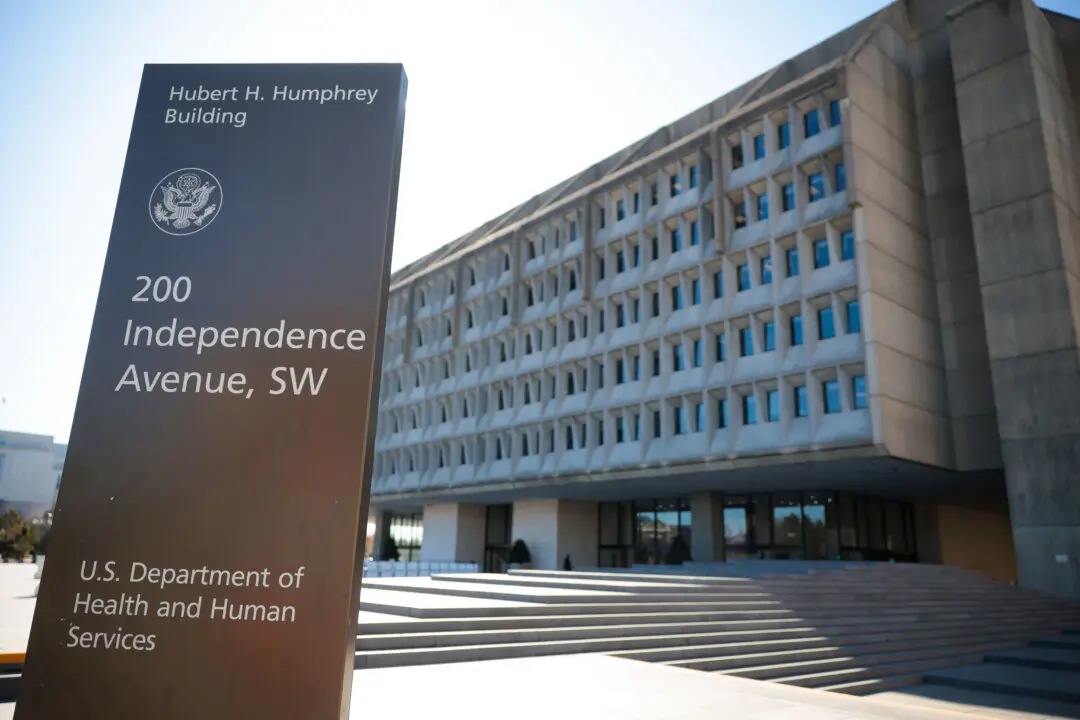Tents have been erected at Tyndall Air Force Base in Florida, which was heavily damaged by Hurricane Michael.
Military personnel erected the tents on Tuesday, Oct. 16, the same day officials told residents, which include military members and civilian employees as well as their families, that they could return to the base to check their property anytime during the day from Wednesday to Sunday. Some 11,000 personnel and families were evacuated.




